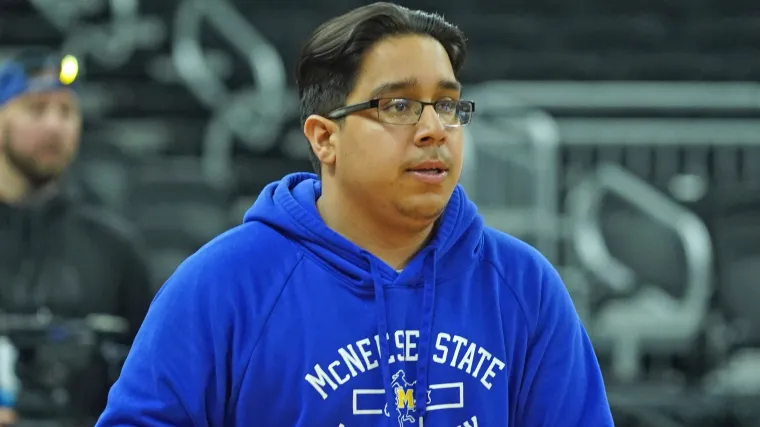NIL has changed college sports forever. Athletes’ college commitments have more external influence than ever, in the wake of NIL’s increasing value and quantity nationwide. They’re now choosing, or transferring to, schools simply for the multi-million-dollar NIL checks, rather than a love for the game.
While this certainly isn’t the case for every athlete, it’s a totally different landscape than it was before. And the NCAA is never going back. NIL was inevitable as states like California began allowing it anyway, which forced the NCAA’s decision, but it’s all too much in its current state. NIL can be a good thing in the long-run if the correct restrictions are implemented to maintain the integrity of the game and ensure equality for all schools.
“I’ve never been a huge fan of NIL,” Fox2548 digital reporter Dan Lins said. “When we were kids, you went to play college sports because you love the game, or you had a chance to go pro. Even the D-III sports.”
“The transfer portal too – you’ll hear players to go four schools in five years and it takes away from what college sports used to be, even five years ago.”
Student managers across the country are now joining in on the big payday. McNeese State student manger Amir Khan was seen in a customized Under Armour jumpsuit during the team’s opening game of the 2025 NCAA Tournament. He told CBS Sports’ senior writer Matt Norlander he now has a total of 12 NIL deals, totaling well over six figures.
SIX FIGURES?! ARE YOU KIDDING ME?! What are we doing here!!
My mom has been a teacher for over 30 years and is barely making over six figures. Khan is probably making more than her! Student managers are important, and absolutely deserve a slice of the pie, but this is just insane.
To Khan’s credit, when the athletes themselves are making millions, six figures for a manager is reasonably proportional to a degree. Nonetheless, it’s still a tough pill for the average person to swallow.
Lins spent three years as a student manager for the women’s basketball team at Arizona State, something he chose to do as a way to get involved in the community outside the classroom. Playing basketball his whole life, he was able to use that experience through a different lens behind the scenes. His daily responsibilities rotated depending on the day and part of the season, including but not limited to: towels, setting up waters and other practice equipment, and taking stats for the coaches during practices.
“Think about all the little things managers do that if we didn’t do, things wouldn’t go as smoothly,” Lins said. “I don’t think that that makes it underrated. It’s the things you get out of it that nobody talks about like the connections and skills you learn.”
Due to the significant time commitment, especially during the season, Lins acknowledged one of the bigger challenges was scheduling classes around his basketball schedule, some of which was unavoidable such as Opening Night on a Monday. Luckily for him, all his professors were understanding about the situation and made it easy to accommodate. He also successfully avoided Friday classes, which worked out nice with the Pac-12’s Friday/Saturday scheduling.
These are just a couple of the nuances that student managers bring to the table. I was a student manager for various sports at my high school and even considered at several points to do it in college. Instead, I chose to enjoy the college experience and take advantage of the career opportunities the school has to offer. Regardless, it’s a thankless job and one that is rarely seen by those on the outside.
“It’s this crazy thought that if I did something different or took a different move, I could be six figures richer for doing what I did for the love of doing it,” Lins said. “You can’t really put a price value on it because if once, we didn’t do one thing we did, how different a day would be.”
Will Amir Khan’s NIL deals start a bigger trend across the board? Only time will tell. Should he be compensated for his hard work, considering it’s essentially a full-time job? Absolutely.
“These coaches and players are making [millions] per year and managers who are doing just as important of a job and not getting anything, is just a weird thought,” Lins said.
For what it’s worth, the athletes deserve to be compensated for their name, image and likeness too, especially as the commercialization and revenue of college sports continues to grow. But change is critical for maintaining the student-athlete experience. Consider imposing limits on how much an athlete can earn, or how much an athletic department can devote to the efforts. Or maybe consider redistributing the funds in the form of facility upgrades and a better travel experience on the road. At the end of the day, student-athletes should be students first, or else don’t call them student-athletes.
NIL can work, if implemented correctly.


